Before you or I ever picked up a camera, our photographic forefathers( and mothers) were out shooting, learning, and blazing new trails for us to follow. I’ve always taken great comfort in that fact. Knowing that we are part of a long line of picture takers and image makers should lend us a sense of pride. Through sheer will and determination they worked through hard times, failure, and sometimes controversy in order to give us an incredible head start for becoming better photographers.
Ironically, many of these giants of photography, like most other people of great influence, did not start out to be such at the beginning of their careers. Many simply needed a job, others needed an outlet for their artistic inclinations, and still others…well, they had failed in what they initially wanted to become.
In this edition of what I’ve come to lovingly call, The Master’s Series, we will look at two great photographers who didn’t come by their fame easily. You will learn from their hard earned wisdom some tips, that can help you to improve your own photography.
Robert Capa
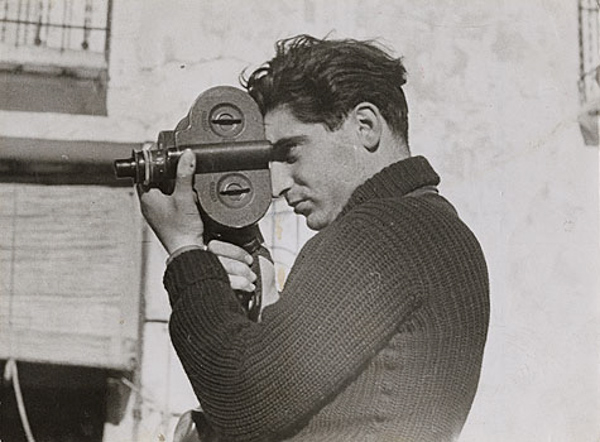
Capa by Gerda Taro
Robert Capa, who was actually born into this world under the name Endre Friedmann, was a Hungarian photographer and photojournalist. His passion was to give war photography to the masses in an up-close and personal way that had never been seen before. He was born in the October of 1913 and met his untimely end on May 25, 1954. In those 41 years Capa shot photographs in the heat of battle during five wars. His work virtually defined the image we have of World War II including the invasion of Normandy from the front lines of Omaha Beach.
In 1947, Capa was part of a group of photographers who came together in Paris to form Magnum Photos. Among the members of the group where such greats as Henri Cartier-Bresson, George Rodger, David “Chim” Seymour, and William Vandivert. Magnum would become the first worldwide agency for freelance photographers and photojournalists.
Lessons you can learn from Robert Capa
Position yourself for the shot
Increase your chances of making better photos by putting yourself into a position to make them. When I say “better position” I mean this both figuratively as well as literally. Capa was famous for saying, “If your pictures aren’t good enough, you’re not close enough.” Capa was renowned for being fearless and would get right up in the action to make his photographs. Truly, as a general guideline, moving in close to your subject can improve not only the quality of an image but also increase its visual impact with the viewer.
That being said, putting yourself in the position to produce better work also means that you should know what photograph you are trying to capture. Come prepared to make the photograph, i.e. the right lens, tripod, permissions, etc. Lastly, be sure you know what needs to be done in order to make an exposure to the best of your potential.
Promote yourself creatively

Why did Andre Friedmann stop being Andre Friedmann and become Robert Capa? The answer is simply better marketing. If you’re of the exceptionally linguistic sort, you may have noticed that Capa is the Hungarian word for shark. When Capa was a boy, that was the nickname given to him by his friends. You see, Capa wasn’t getting very much attention under his given name, so a new persona was invented as front for his work. This new persona was that of famed but wholly fictional American photographer Robert Capa, who was supposedly touring Europe at the time. Clients loved it. Soon work was pouring in and Capa was on his way to becoming a photographic legend.
This doesn’t mean that you have to stop being you in order to be more successful as a photographer. It just means that sometimes you need to bring out a little creativity when you’re selling yourself as an artist. In a way, work to manufacture your own identity as an photographer. Cultivate your own style. Be sure to show only your best work. Tell the story of the photo instead of just showing it. Be charismatic and welcoming with your clients and don’t be afraid to speak favorably (not boastfully) of yourself and your work.
Don’t always obsess over technical perfection
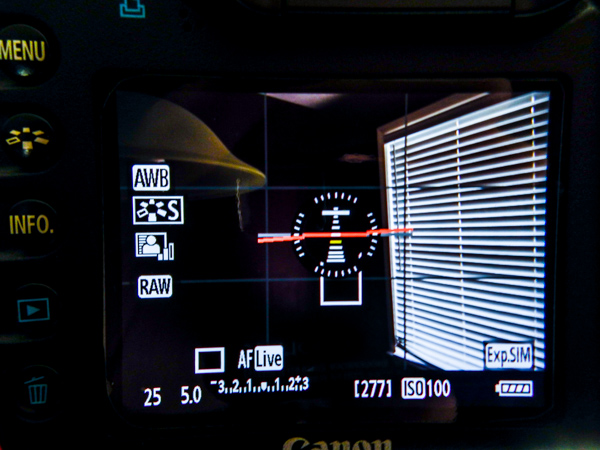
This can be a very difficult task to master. It’s easy to get caught up in getting your aperture just right or making sure there’s not too much grain with that ISO. When it comes to photojournalistic imagery such as street photography, the emotions and mood of a scene or subject should command your primary attention. In the amount of time it might take to tweak that focus, the moment may pass by. The important thing is to teach yourself that a good exposure of a great moment, will almost always trump a great exposure of a mediocre scene.
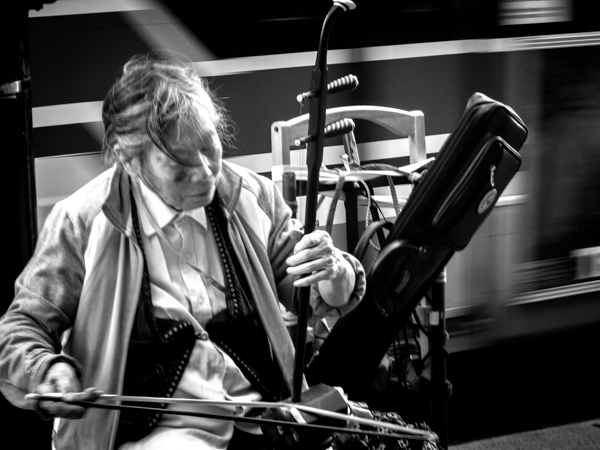
This shot could have been focused better, but I might have missed the look of concentration.
Mentor those who want to learn

This is a biggie, and perhaps one of the most important things you can learn from Robert Capa to help yourself grow as a photographer. Capa recognized that photography would never advance if there were no new photographers coming along to take the place of himself and his colleagues when their time had passed. So he directed a good bit of his time to networking with, and teaching, other photographers the craft.
When you mentor or otherwise give of yourself to help a new photographer better themselves, you are perhaps unknowingly having an enormous impact on the art of photography. An appreciation for the passing on of photographic principles and techniques is possibly the single greatest contribution a photographer can make to the world.
Jerry Uelsmann
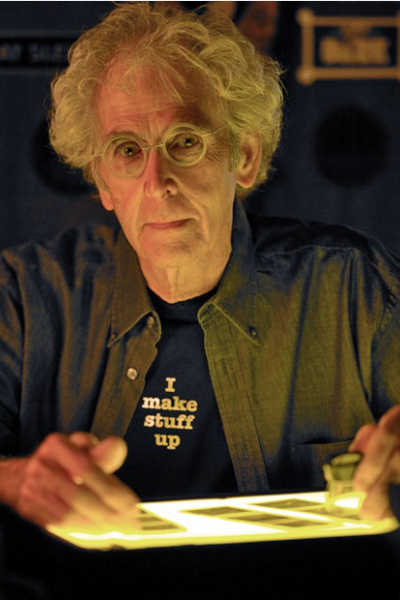
Image courtesy of Indiana University
To say this next photographer is an interesting individual is both accurate, and at the same time a resoundingly inadequate description. Born on June 11, 1934 in Detroit, Jerry Uelsmann is one of those great artists who flies just beneath the radar of the mainstream, but whose work is truly one-of-a-kind and inspiring. Like many, his rise in the photography world was slow and painstaking. He discovered photography as a teenager. By his own admission he believed that through making photos he was able to live outside of himself and reside in a world of his own creation.
He would eventually go on to obtain degrees from multiple colleges, and ultimately found himself teaching photography at the University of Florida in the early 1960’s. His career was kickstarted in 1967 when he landed a solo photography exhibition at the The Museum of Modern Art in New York City.
Jerry began his work about thirty years prior to the advent of photo editing software such as Photoshop. He rose to fame through his production of highly surreal and manipulated black and white photographs. He did everything in the darkroom – using may different negatives with up to twelve enlargers, that he then literally “layered” on top of one another to create his finished product. Many of his images combine elements of the natural world as well as humanistic representations and man-made objects.
Lessons you can learn from Jerry Uelsmann
Don’t be afraid to post-visualize
If you’re just starting out in photography then you likely have heard some key phrases mentioned over and over again. One of the most important is that of pre-visualization. Teachers and writers (myself included) love to verbalize or write poetic analogies about what it means to “see” an image before the shutter is released. What is meant by this is that you can teach yourself to mentally compose, frame, and process a photograph before it is ever made. Making photographs becomes so much more satisfying once you have managed to develop this difficult, yet essential photographic skill.
The flip-side of that coin is something that seldom gets talked about, but is nonetheless interesting and thought provoking. What we’re talking about here is the act of post-visualization. THis can be thought of as the exact opposite of pre-visualizing a photograph but it’s not exactly that easy. Uelsmann is literally the original master of this process. He photographed distinct objects and scenes, with the express intention of later making a finished work that blends together elements of each. Essentially, he saw the completed photograph after he already had produced a series of otherwise unrelated images.
Try out post-visualization for yourself. Go through some of your old images and see if the passing of time helps you look at them in a new way. Look for different crops that might make the image stronger. See if an image might work well in black and white and experiment with the shadows. Tweak the white balance and completely change the mood of a photo. That’s really all post-visualization is; looking at something that already exists and seeing what else it could become.

An image I made over four years ago.
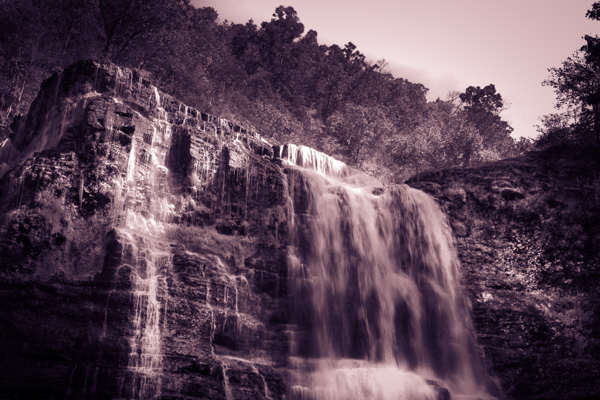
Here we see it in a completely different way after some recent creative processing.
Fulfill your vision
Stay true to your vision. That is the key phrase that you should take away from this point. Uelsmann produced images that were hard to understand by some. They weren’t readily accepted, and the techniques he used where viewed by some as nothing but trickery. Still, he produced the images that he wanted regardless of what manipulation he had to do in the darkroom.
Do whatever you need to do. Be it post-processing, filters, funky borders, weird color selection – anything. It might not be to everyone’s liking, but thats the beauty of photography. Do whatever it takes to achieve the image that you set out to make.
You will fail, but you’re not a failure.

Jerry Uelsmann is a classic case of someone who refused to give up. He kept trying despite his initial difficulties in school, and the poor acceptance of his early work. Instead of shutting the doors of his darkroom for good he decided to keep going. Making images that moved him was his goal and he didn’t let life’s friction stop him.
The very nature of his work which was at first off-putting began to be what people came to love. So if you’re stuck on a project, you have trouble with a client, or even if your camera seems to be unlearnable, just remember to keep going. Nothing worth doing was ever easy.
googletag.cmd.push(function() {
tablet_slots.push( googletag.defineSlot( “/1005424/_dPSv4_tab-all-article-bottom_(300×250)”, [300, 250], “pb-ad-78623” ).addService( googletag.pubads() ) ); } );
googletag.cmd.push(function() {
mobile_slots.push( googletag.defineSlot( “/1005424/_dPSv4_mob-all-article-bottom_(300×250)”, [300, 250], “pb-ad-78158” ).addService( googletag.pubads() ) ); } );
The post Lessons from the Masters: Robert Capa and Jerry Uelsmann by Adam Welch appeared first on Digital Photography School.